PRODUCING MEMORIES
Growing up, Manolo López never listened to salsa. “I thought that was old-people music,” he says while reminiscing about his youth in Aguada. Back then, Manolo was more likely to listen to Jay-Z and NSYNC. That was a result of an upbringing that didn’t teach him about Caribbean history. “I was made to think that Puerto Rican culture wasn’t worthy,” he recalls always looking al norte for his cultural reference.
But when he moved up north to New York City, he started learning about the contributions of Puerto Ricans. Walking down Avenue C, Manolo saw murals of Hector Lavoe and read the signs that said “Loisaida”—the boricua way of saying Lower East Side. Manolo started to learn about Puerto Ricans in New York: the Young Lords, the Nuyorican Poets, and Fania—the record label that exported salsa to the world. He was intrigued by the colorful covers and was learning about Puerto Rican and Latinx history through the songs of Ismael Rivera and Cheo Feliciano.
It’s true, distance makes the heart grow fonder and Manolo fell in love with his culture thousands of miles away.
At a time where anti-immigrant politics was on the rise and Puerto Rico’s economic crisis filled the headlines, Manolo wanted to celebrate what the mainstream media missed—our food, our music, our art—la Cosa Nuestra.
So he put his producer hat on and set to plan the most unforgettable Latinx party New York City has ever seen. And when it comes to producing, Manolo is all about the feeling an experience leaves you with.
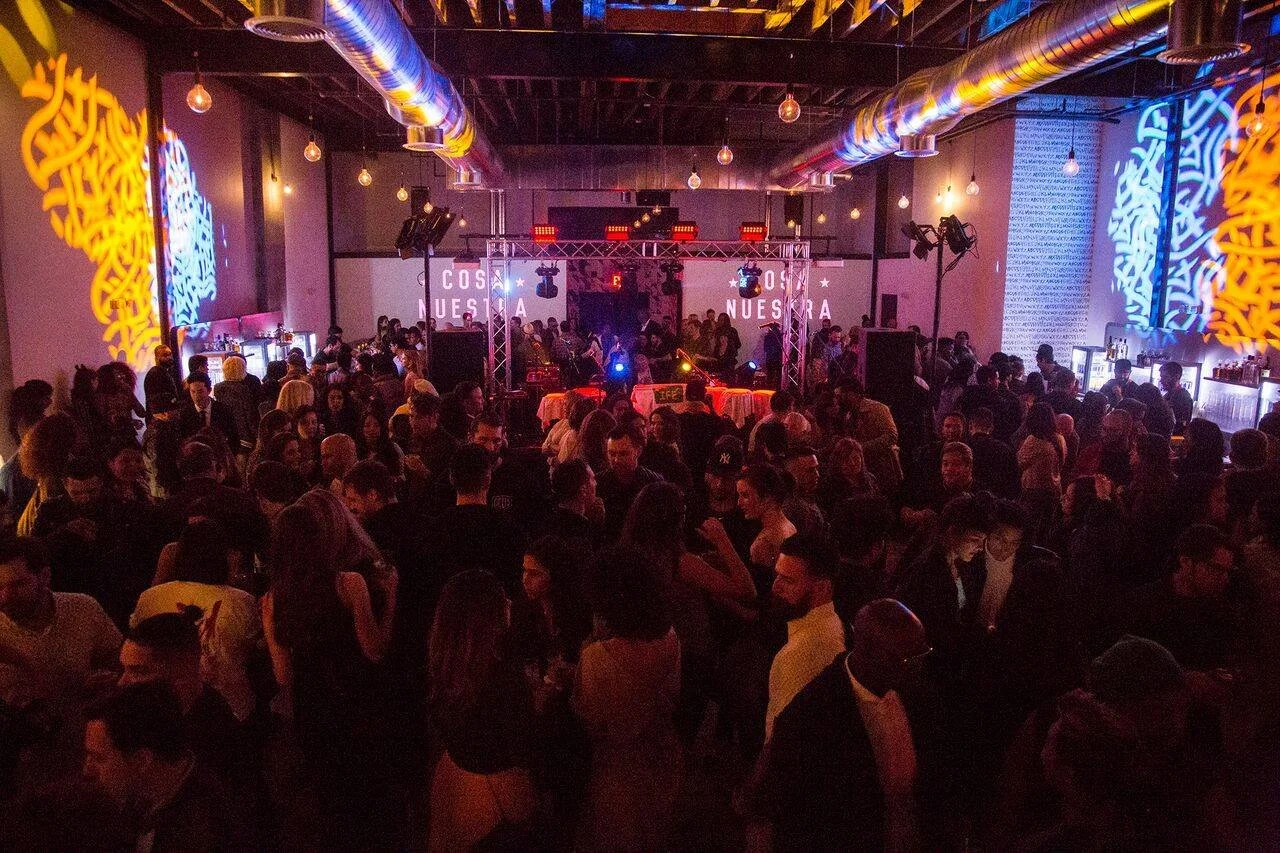
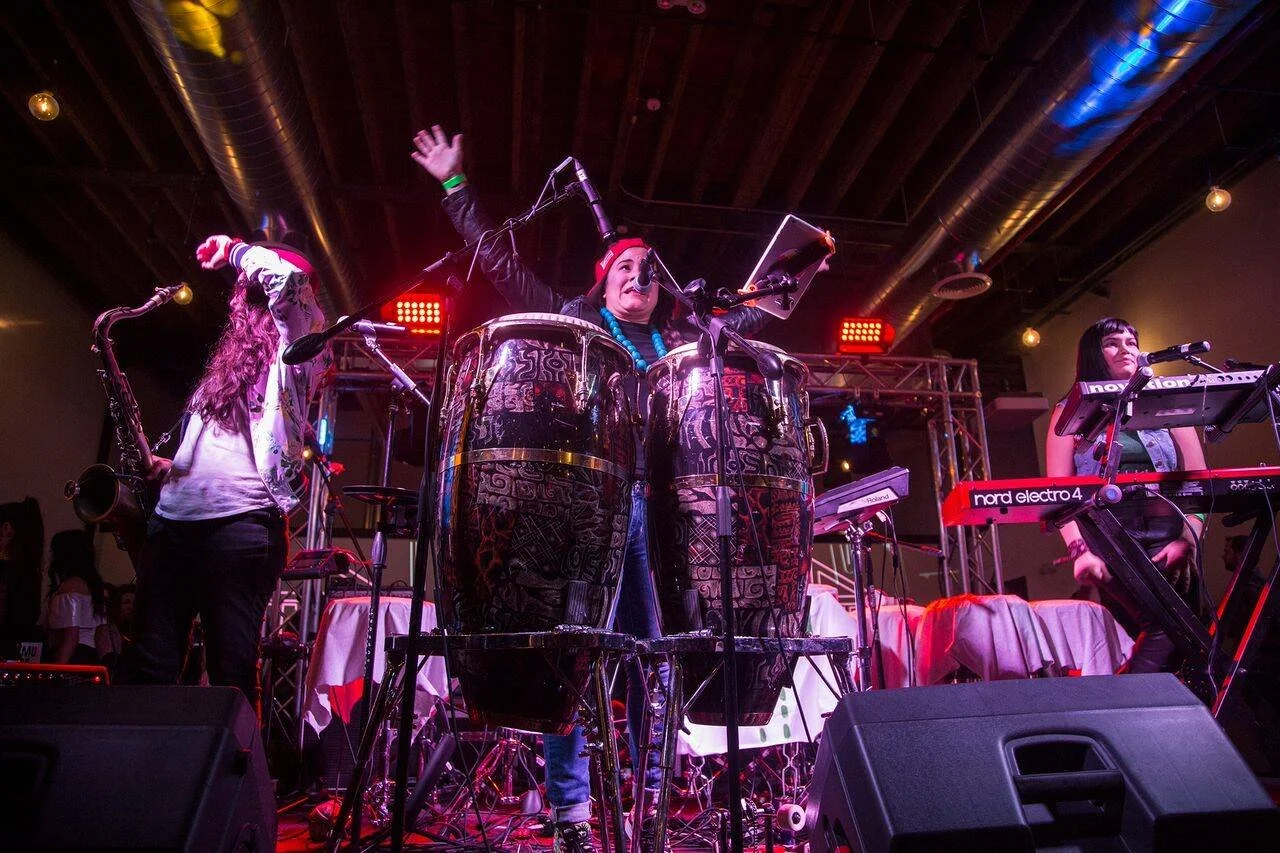
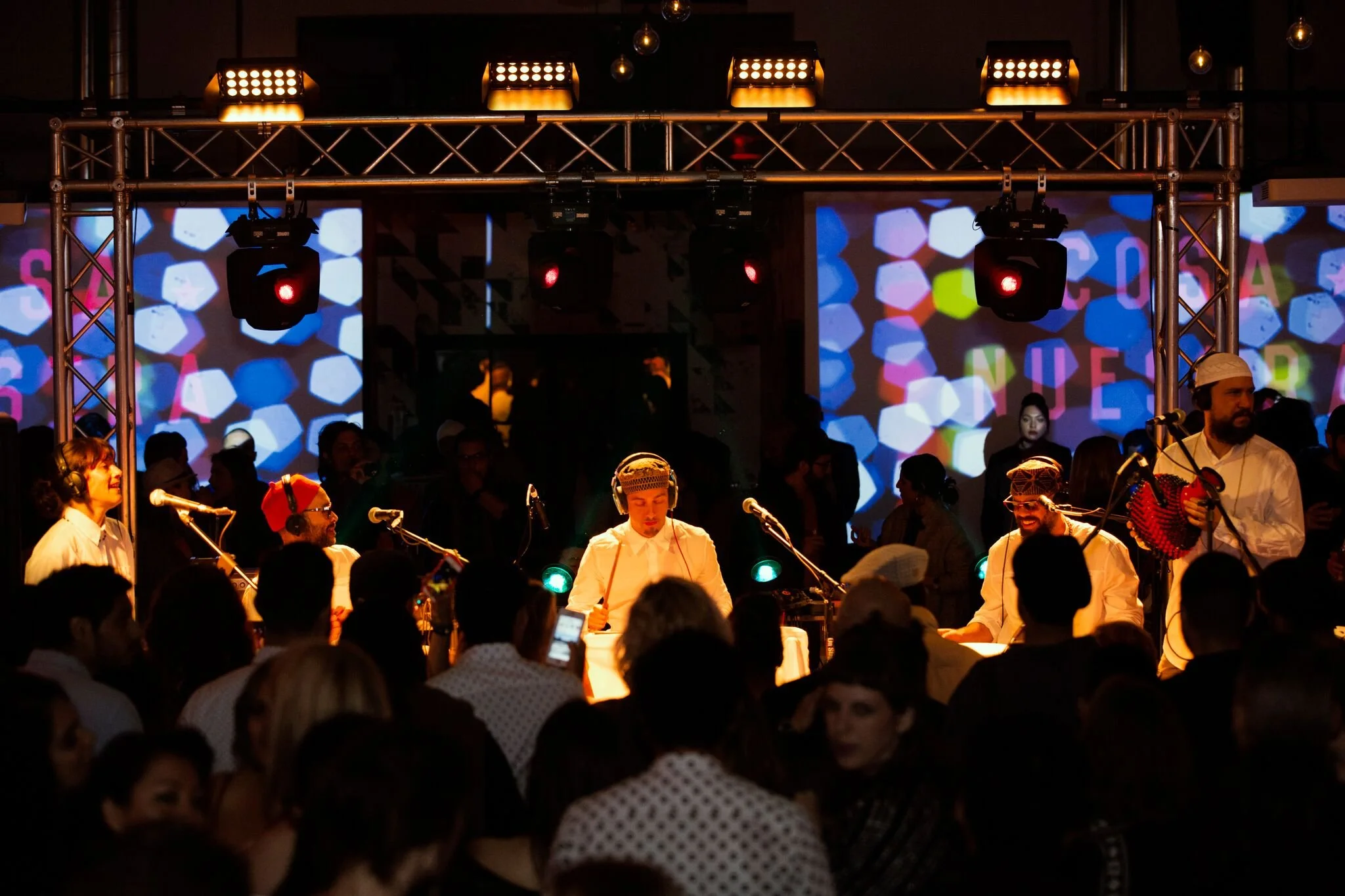
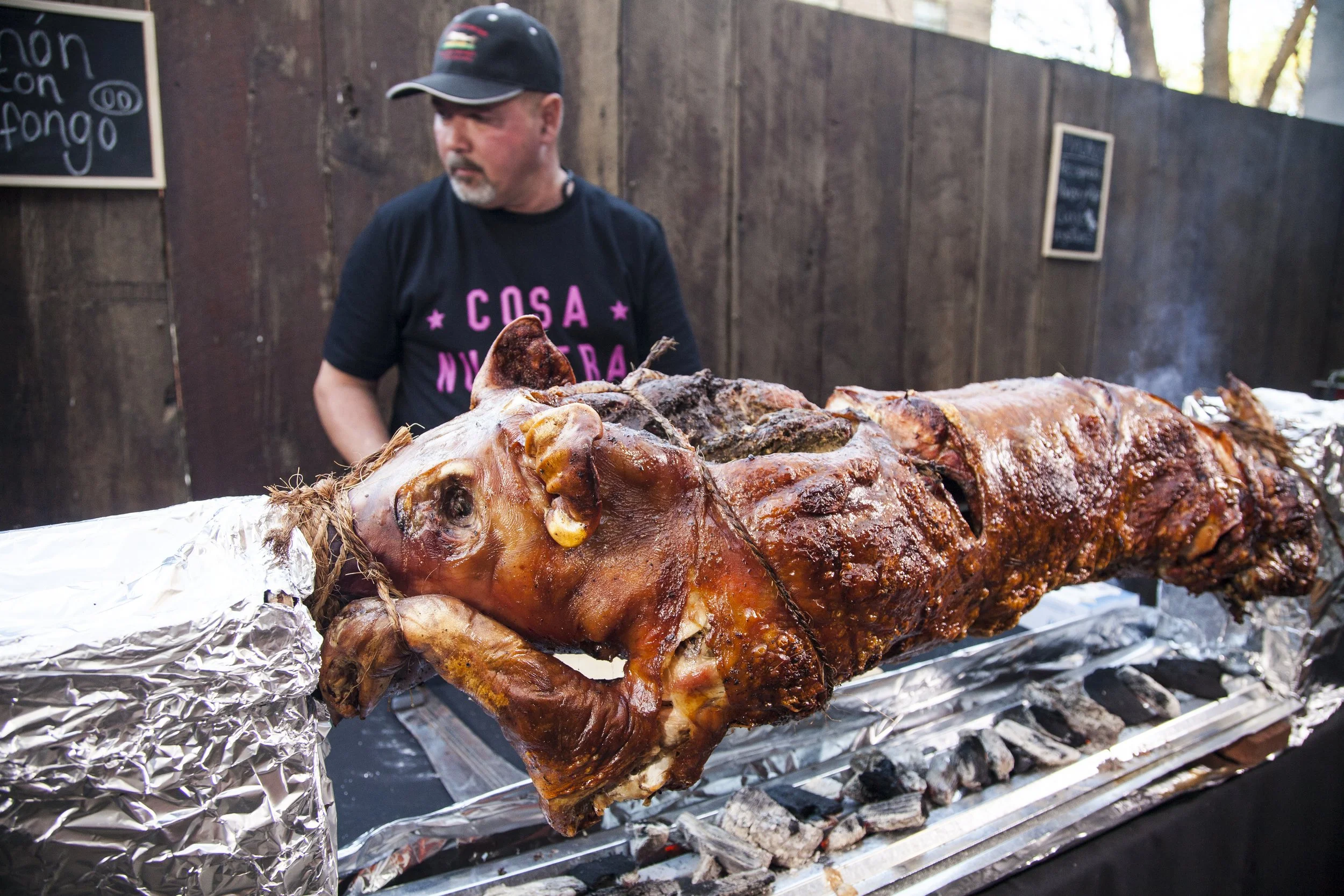
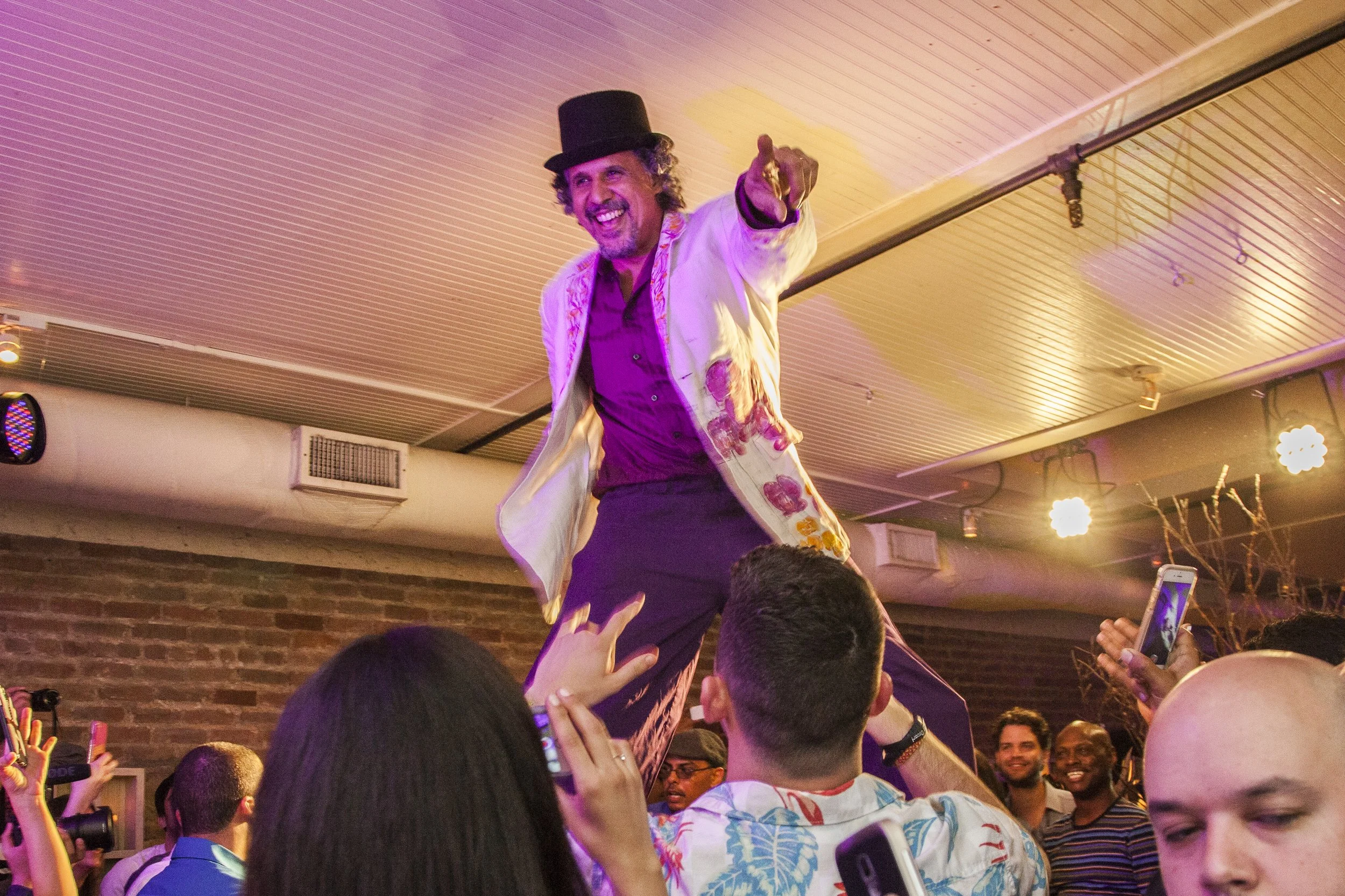
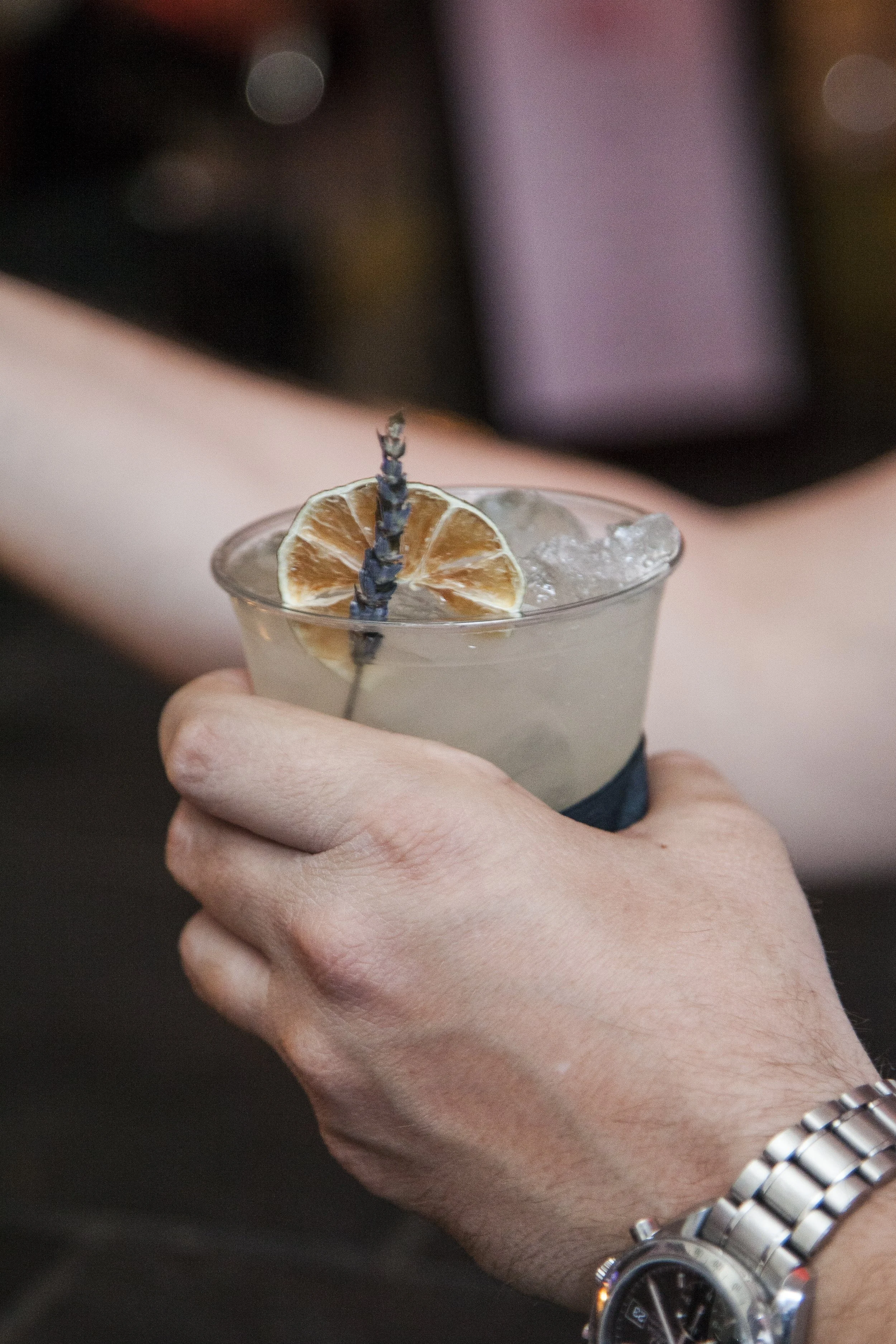
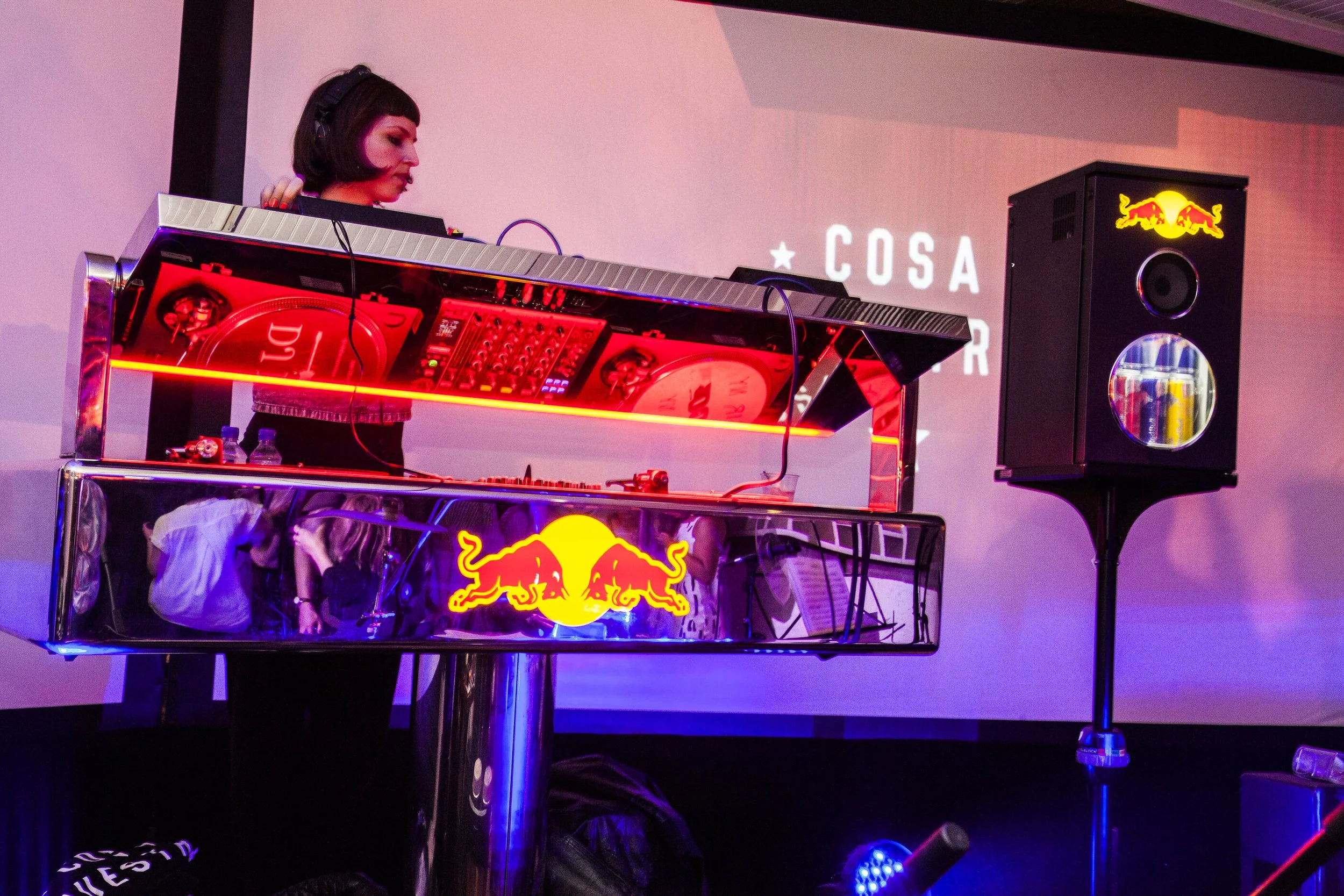
“The emotion that I most felt during the Cosa Nuestra events was, honestly, gratitude. People crave these events to celebrate themselves and their culture. Being able to fill that void of connection among the Latinx community in these big cities was a very enriching experience.
Leslie Cofresí, Founder of La Factoría
What is Cosa Nuestra?
Cosa Nuestra is a collective that celebrates Latin American culture and transforms the current conversation around being Latinx. Cosa Nuestra, Spanish for “Our thing,” is a name inspired by Willie Colon’s album under the group of Fania All-Stars. Since 2016, they have had a series of events where all your senses are stimulated. The first two seasons of Cosa Nuestra were hosted in New York City and the signature event was Pa’ la Ciudad—a party that felt like a festival.
The lines ran around the block to taste modern Puerto Rican food from chefs like Xavier Pachecho, drink delicious cocktails made by Leslie Cofresí, and dance along the colorful performances of Agua, Sol y Sereno. Both seasons also offered a culinary event: a brunch in 2016 and a farm-to-table dinner in 2017.
But the idea of Cosa Nuestra was to make it a global movement, just like Fania which featured artists from all over the Caribbean and Latin America. That’s why their third season was in Colombia with chef Alex Quessep.
The History of Puerto Rican Migration
Ever wonder why the Puerto Rican and Cuban flags are so similar? Pro-independence Cuban and Puerto Rican leaders exiled by Spain who lived in New York City designed our flags together in 1895. Not long after, in 1898, General Nelson Miles invaded Puerto Rico through the Southern coast and Spain ceded it as part of the treaty that ended the Spanish American War. Since then, Puerto Rico has been a colony of the United States.
Puerto Ricans have been citizens of the United States since 1917. This has facilitated travel to and from the island and the States. Yet, it wasn’t until after 1945 that migration to the United States started to boom. This was due to a shift from an agricultural to an industrial society, a growing economy in the U.S., and more affordable air travel.
This wave of migration of Puerto Ricans is commonly referred to as the “Great Migration”. To put it in perspective, between 1898 and 1944 about 90,000 Puerto Ricans moved to the United States. Meanwhile between 1945 and 1965, more than 500,000 Puerto Ricans moved abroad.
Most of the Puerto Ricans migrants were headed to New York City and a new term was coined, ‘Nuyorican’. A group of poets started to embrace their identity: Miguel Algarín, Miguel Piñero, Bimbo Rivas, and Lucky Cienfuego. Together they started the Nuyorican Poets Café—a place and a literary movement. It was Bimbo Rivas who first coined the term “Loisaida” in one of his poems. At the time, the Lower East Side was dealing with red lining and lack of investment in marginalized communities. But in times of distress, Puerto Rican and Latinx communities unite to uplift each other. That is still the case today.
Puerto Rican migration has only increased. Nowadays, 63% of the nine million Puerto Ricans across the world live outside of the Caribbean archipelago. But New York is no longer their go-to place—Florida, Texas, Pennsylvania, and Illinois have been receiving more Puerto Rican migrants. A common phrase among boricuas is “Puerto Rico’s biggest export is workers.”
“Puerto Rican annual parade celebration in Central Park” - 1983, Ricky Flores
However, migration is much more porous. Many Puerto Ricans have one foot in the continental U.S. and one foot in the archipelago. Technology and the advent of social media has made it easier to stay in touch and connected. And although there are more people leaving than returning, there are young professionals coming back and people in the United States doing anything they can to help Puerto Rico prosper.
Reference: Jorge Duany, Center for Puerto Rican Studies
The night that Hurricane María was devastating Puerto Rico, Manolo couldn’t sleep. It was around 6:00am when the first images of the destruction started circulating in the media. “By midday my phone had over 50 messages from friends asking what we were going to do,” explained Manolo. He tried calling his family members, but the lines were out. That night, Manolo was asked to speak in a gathering at El Banco Popular near Grand Central. When it was his time to speak, he said: “I’m grieving just like all of you, but this will pass. I’m ready to close my businesses in New York and take my team to Puerto Rico and address the food security issues that will arise from this catastrophe, if there’s anyone that can get us there please let me know”. Shortly after, Jetblue offered free flights on a relief aircraft to head to the Island.
Three days after speaking, Manolo sold his work vans, 8 large deep fryers and liquidated any assets to get quick cash. Banks weren’t operating in Puerto Rico at the time and any business exchange was done by word or cash.
Manolo didn’t know exactly what he was getting himself into, but he did know he had a network of friends and colleagues willing to help Puerto Rico. The Puerto Ricans living outside of Puerto Rico were vital for hurricane relief. Cosa Nuestra evolved from a collective creating experiences, to a post-hurricane relief fund.









